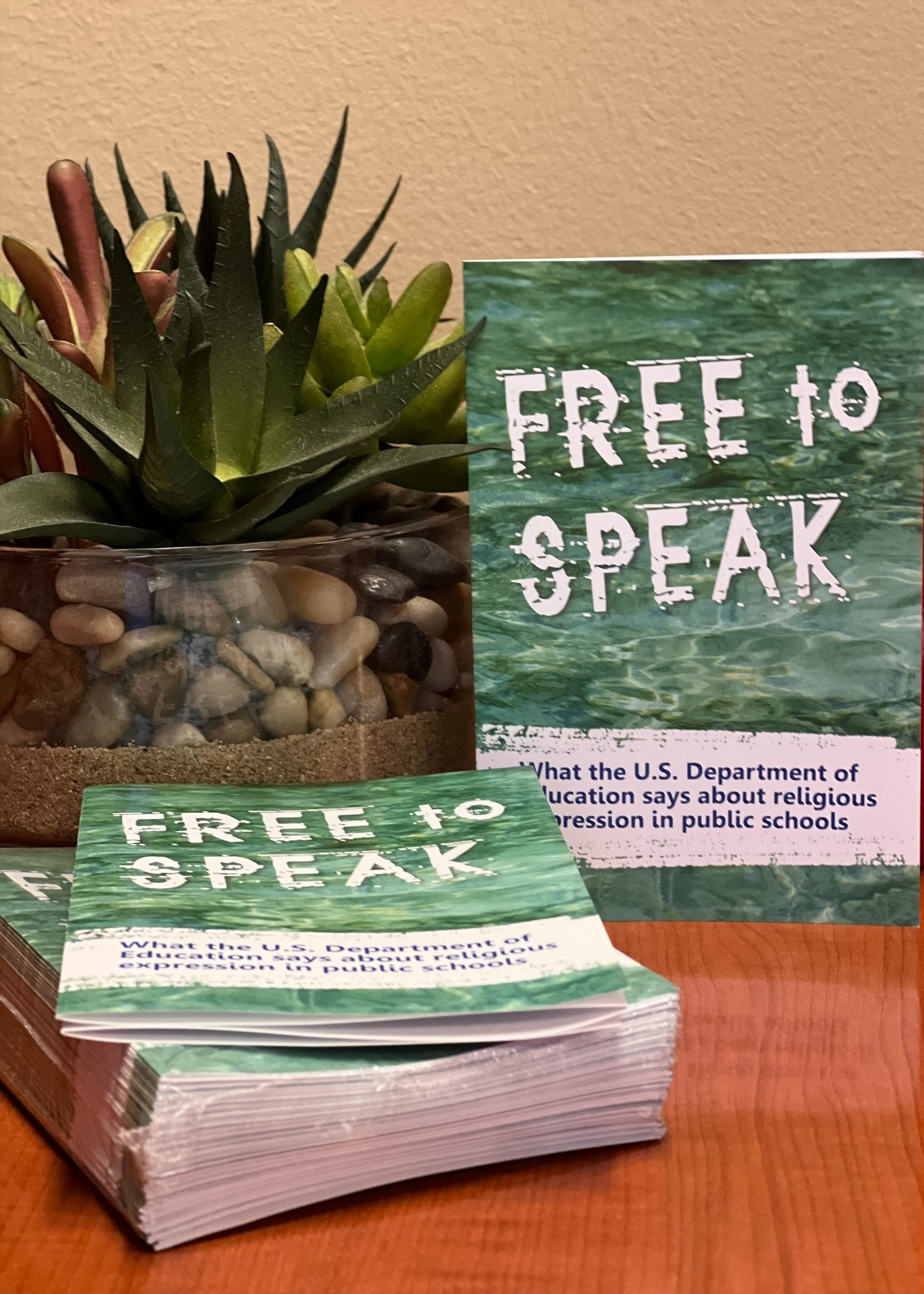What will happen if our nation forgets the messages portrayed in our holidays? Many of our children are learning only the secular side of Thanksgiving, Christmas, and Easter. They never understand that these traditional holidays teach important lessons about Christianity.
The problem goes beyond how Christianity is treated during the holidays. Even the mention of God is now suppressed in many classrooms. Both teachers and students are uncertain about their rights of religious expression. Many feel that the law forbids any discussion of God or even praying privately over their lunch.
The Holiday Restoration Campaign is designed to help correct misinformation and restore accurate teaching of the religious nature of these traditional American holidays.
Join us in restoring the real reasons for the seasons for public school children.
An Easy Way to Proclaim the Truth
Gateways to Better Education has published unique materials that open the eyes of educators regarding what the law actually says they can do in the classroom to commemorate religious holidays. The information is packaged in non-threatening holiday cards for Thanksgiving, Christmas and Easter.
Each 8-page card uses a lighthearted story to show the teacher that teaching about the holidays is legal, and that it is good education for the children. Each card also contains different legal documentation and lesson plan ideas for the teacher to use. By the end of the school year, the teacher will have a better understanding of religious expression and accommodation in public schools.
Our goal is for every Christian parent to give the cards to their children's teachers. We have found that by the end of the last Christian holiday of the school year (Easter), many of the hearts and minds of educators have opened to the idea of teaching the truth behind each holiday.
Three Powerful Elements Combined in Each Card
Persuasion: Each card is designed to convince educators that teaching about the holiday is a good thing to do.
Documentation: Legal quotes and documentation assure educators that teaching about the holidays is legal.
Action: Each card contains lesson plan ideas to show educators how to teach about the holiday.
How the Campaign Works
The goal of our campaign is to have as many Christian parents as possible give cards to their children's teachers. Also, more and more teachers are purchasing the cards for themselves and for other educators. They find the legal documentation and lesson plan ideas very helpful and reassuring.
Some of the benefits include:
More Christian parents will make personal contacts with teachers and administrators.
Parents, by reading the cards themselves, will learn what the law states about the rights of religious expression in the classroom.
Teachers and administrators will see the size of the religious community by the sheer number of cards they receive.
More children than ever before will learn the truth about the religious nature of the holidays.
Schools will become more open to religious expression and accommodation.
Here's How to Get Started
Parents can purchase our holiday card for their children's teachers and later follow up with them to ask what they thought about the card. Teachers can purchase cards to share with like-minded colleagues. Click HERE to shop.
Teacher-Reacher Packets are also available for parents. They make it easy for you to have a year-long outreach to your child's teacher. The packet contains a set of three holiday cards (1 Thanksgiving, 1 Christmas, 1 Easter), two note cards, a parent-teacher conference checklist to improve communication, and a prayer sheet for recording school-related prayer requests. Quantity discount prices are available.
To learn how to promote the Holiday Restoration Campaign in your church, call Gateways toll free at (800) 929-1163, Monday through Friday, 8:30 a.m. to 5:00 p.m. (Pacific Time). Gateways has promotional materials available and can offer advice and support.
What Others Are Saying
"The Holiday Restoration Campaign gives teachers and administrators the encouragement and documentation they need to support religious expression and accommodation in their schools. I'd love to see this happen in every school district in America!"
Josh McDowell,
Campus Crusade for Christ
"I've examined these cards carefully and, clearly, they do not violate any constitutional rule or regulation whatsoever."
Judge William Lawless,
Former Dean of Notre Dame Law School
"The cards had a tremendous impact. They just made our Christmas at school!"
Judy Johnson,
A mom from Novi, Michigan
Other holiday resources: Thanksgiving, Christmas, St. Patrick’s Day, and Easter.










